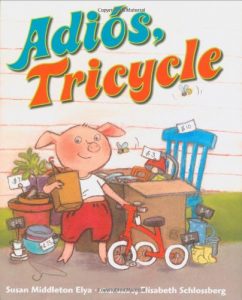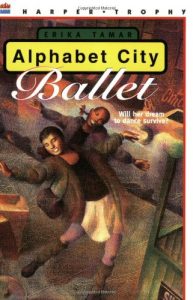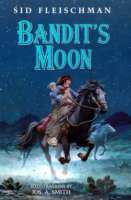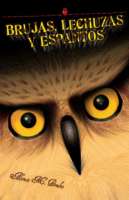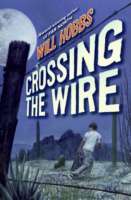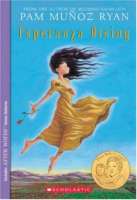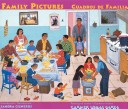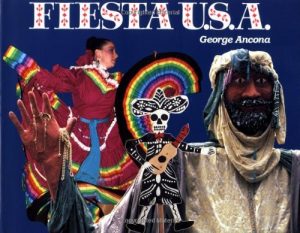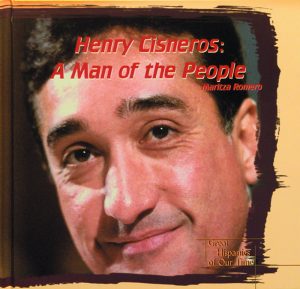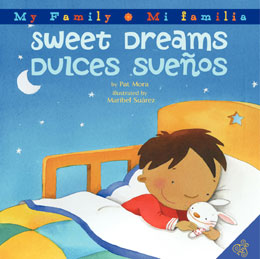
Shh, shh, close your eyes.
Shh . . . shh . . . Cierra los ojitos.
Outside, the rabbits are sleeping,
Afuera, los conejitos están durmiendo
and the birds, and the squirrels.
junto con los pajaritos, y las ardillas.
Inside, Grandma tucks
us snugly into bed.
Adentro, Abuelita nos da
las buenas noches.
The stars and moon
are shining bright.
Las estrellas y la
luna brillan.
Sweet dreams!
¡Dulces sueños!
As warm and comforting as a grandmother’s voice, this endearing book in the My Family/Mi familia series makes bedtime a soothing family tradition.
Este encantador libro de la serie My Family/Mi familia, tan cálido y reconfortante como la voz de una abuela, ayuda a convertir la hora de dormir en una armoniosa tradición familiar.

